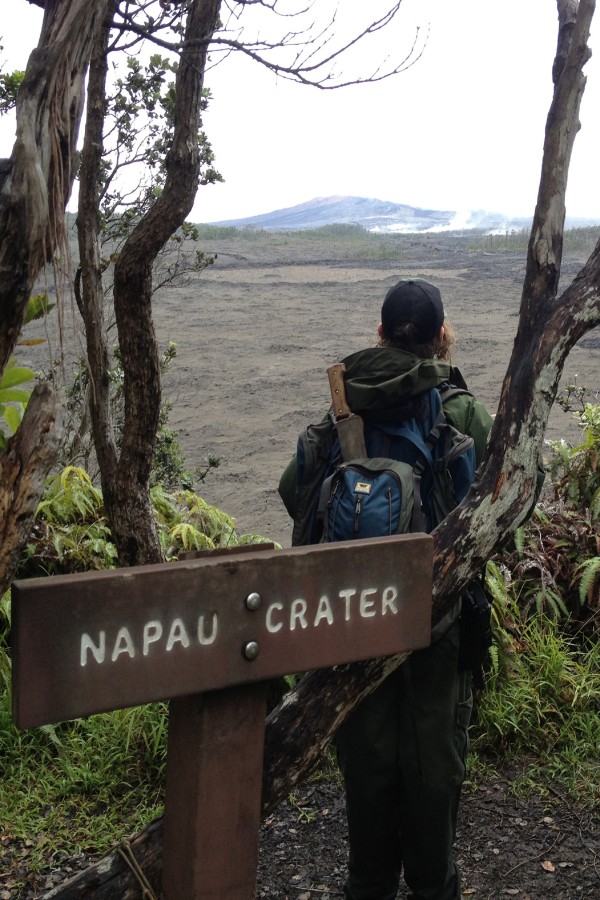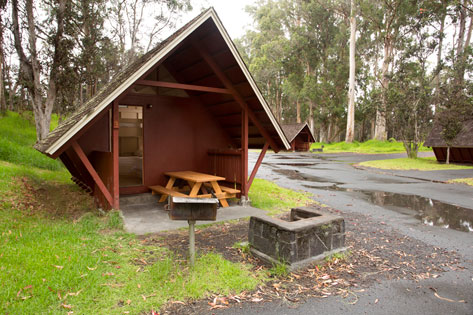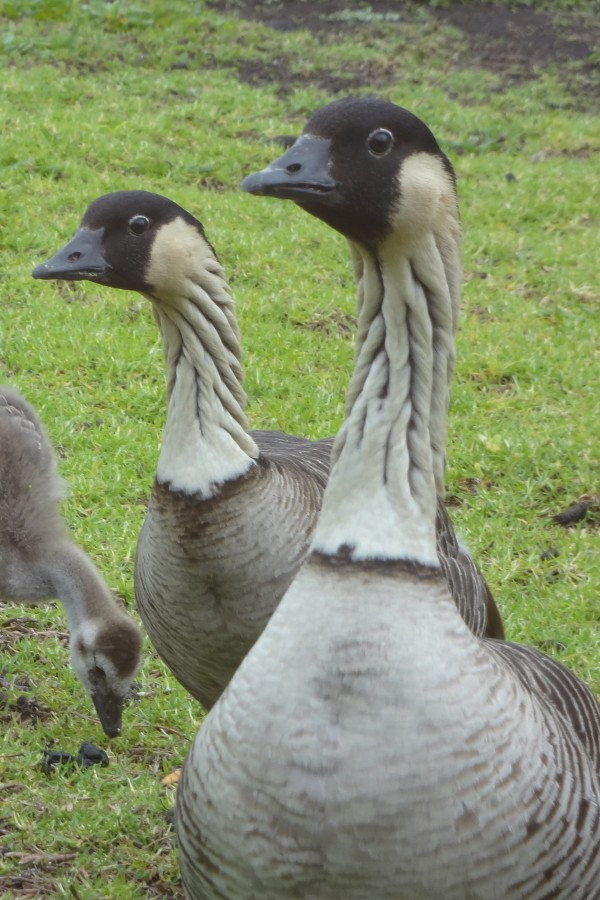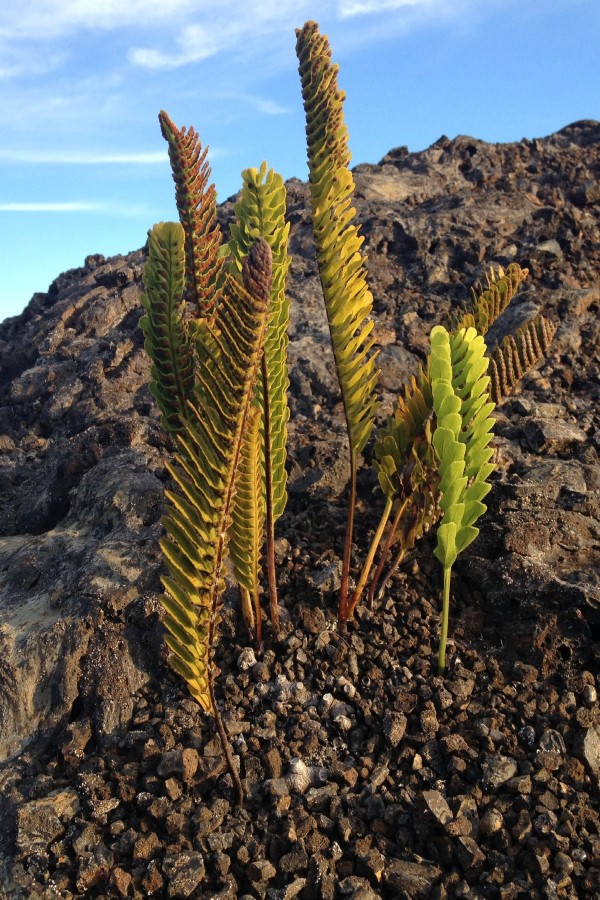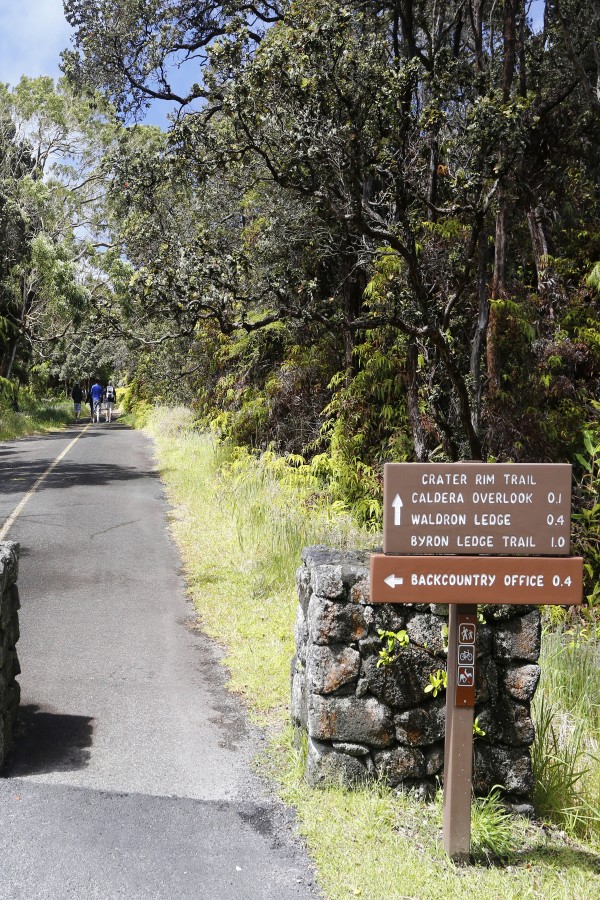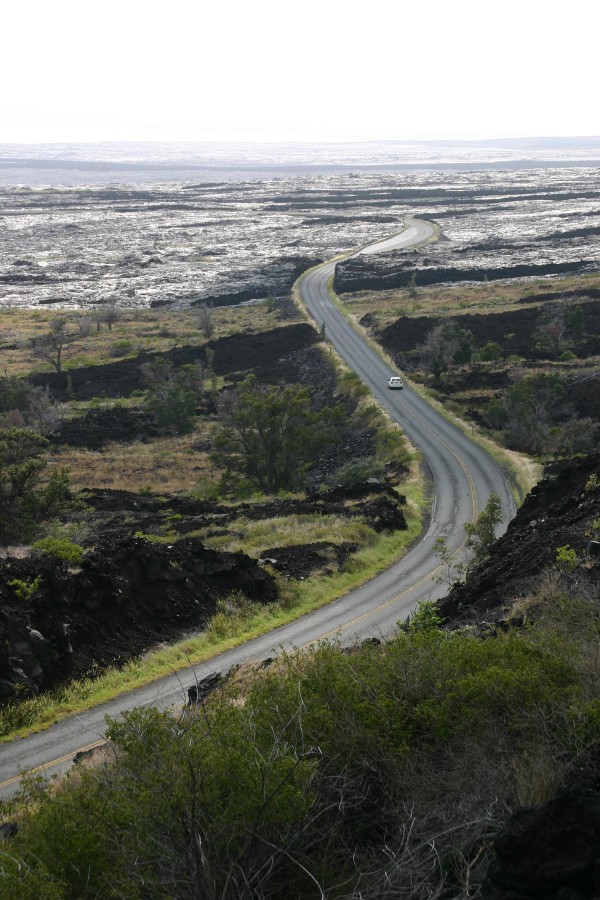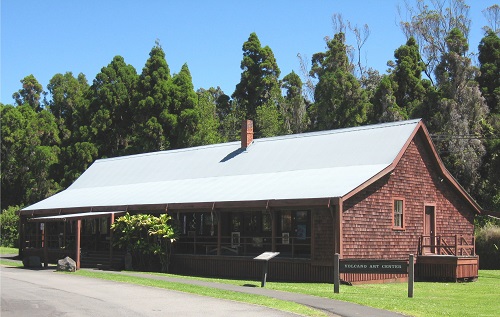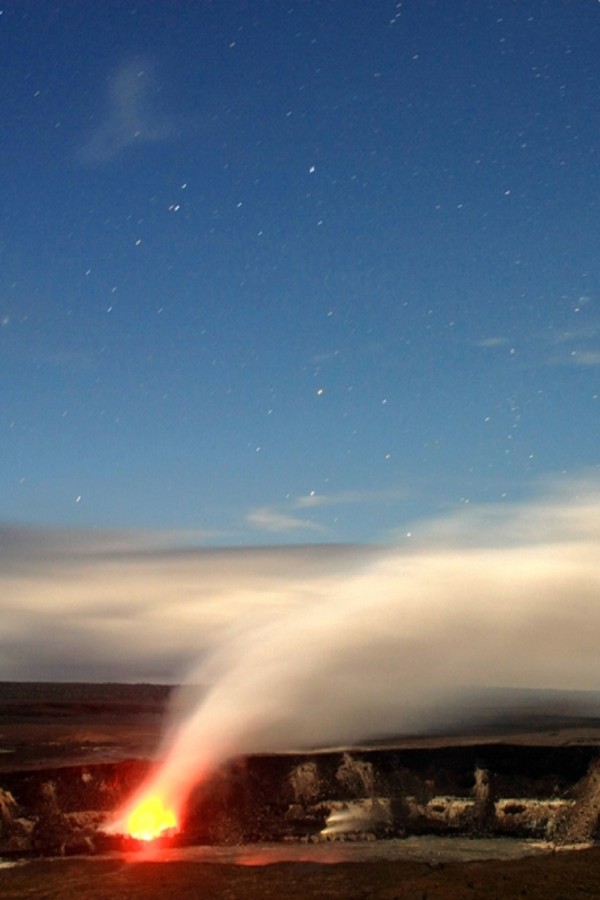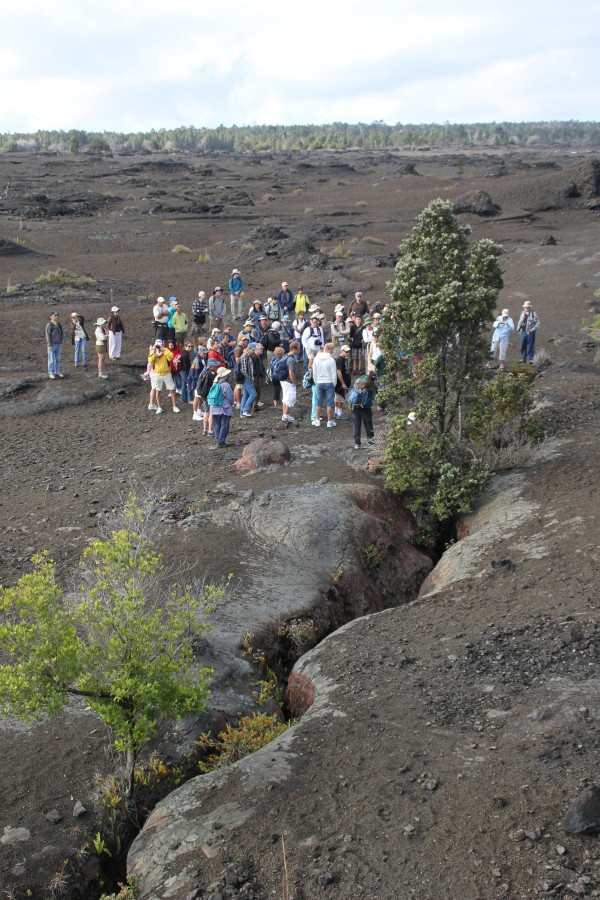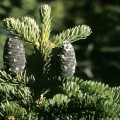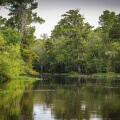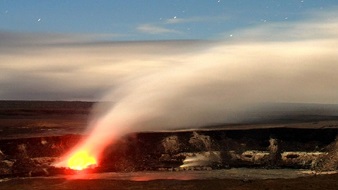
10 Reasons To Visit Hawaii Volcanoes
There’s no better place to witness Mother Nature’s power as she builds new waterfront property than in the Hawai’i Volcanoes National Park. The ever-changing landscape is home to two of the world’s most active volcanoes – Mauna Loa and Kilauea. The 330,000-acre park is in the southeastern part of the Big Island – Hawaii’s largest island.
1. Outdoor Activities
In the Hawai’i Volcanoes National Park, outdoor activities go hand in hand with amazing views. The park can be experienced by car, foot or bike. Kilauea is often called “the world’s only drive-in volcano” (gohawaii.com), but park rangers will also suggest you explore by foot the great paved trails or hikes.
2. Camping and Lodging
There are two campgrounds available for those more courageous. Those who like admiring nature from the comfort of their own room can stay in Volcano House, which offers the only indoor lodging inside the park. Just across Crater Rim Drive from park headquarters, Volcano House offers a spectacular view of Halema’uma’u crater. If you want to keep your distance and sleep further away from the volcano craters, stay in the Volcano Village just outside the park.
3. After Dark in the Park
One of the first things you should do once you get there is check out the “After Dark in the Park” series. Park rangers offer after-dark tips and tricks. Jaggar Museum, the former Hawai’i Volcano Observatory will give you a better understanding of the park’s history and importance. You can view photos and read about the active volcanoes surrounding you. The view here is impressive. You can look at the ongoing eruptions of the Halema’uma’u crater as the sun sets.
4. Wildlife
Hawai’i Volcanoes National Park has among the highest number of threatened and endangered plants and animals in the National Park System — 54 — due mainly to non-native species. Since the nearest continental land is more than 2,000 miles away, the flora and fauna found here is almost entirely unique. The ecosystem has been disrupted by species brought here by humans, such as cats, goats and pigs, but the National Park Service is working on restoring and protecting it. The park actively monitors and protects just four out of 54 that it identifies as flagship species: the Hawaiian goose, hawksbill turtle, Hawaiian petrel, and Mauna Loa silversword plant. Air pollution is also a huge problem. Wildlife includes caterpillars, sea turtles, bats and the largest dragonfly in the U.S.
5. Plants
The rain forests in the Hawai’i Volcanoes National Park are home to some of the world’s most spectacular trees and plant species. ‘Ohi’a trees, giant hapu’u tree fern and more than 90 percent of the flora here is unique and can only be found on this Hawaiian island.
6. Hiking
The many hiking trails in the Hawai’i Volcanoes National Park offer options for any age and capability. Earthquake Trail is one of the easy ones, a one-mile paved loop available for everyone and with an impressive view over the Kilauea Caldera from Waldron Ledge Overlook. Another leisurely loop is Sandlewood Trail. This hike will take you through rain forests and steam vents. If you’re looking for a more serious challenge, try the Napau Trail, a 14-mile hike over lava flows and through rain forests.
7. Park Drives
There are two main roads in the park – Chain of Craters Road and Crater Rim Drive, both offering you the chance to explore the volcanic landscape. Crater Rim Drive will take you to the summit of Kilauea Volcano with a scenic overlook.
8. Dining
Just across the street from the Kilauea Visitor center, The Volcano House and its newly refurbished restaurant, The Rim, overlook the rim of Kilauea caldera. Guests get breathtaking views and experience Hawaiian dining with all ingredients sourced from local farmers and suppliers. Guests have commented on Yelp about The Rim’s pineapple-wrapped fish with breaded sticky rice in coconut sauce, kabocha squash and hearts of palm.
9. Lava Viewing
If you really want to get a feel for the park and a true sense of where you are, get up close to the volcano lava. Thurston Lava Tube is 500 years old and was formed when an underground channel of lava drained from its walls, creating a hollow chamber. Another fascinating place is the PuuOo Vent, where Kilauea’s lava activity is at. It’s quite a spectacle and can be watched from the end of Chain of Craters Road.
10. Stewardship at the Summit
The Hawai’i Volcanoes National Park is one of the most-visited places in the area. Locals organize all kinds of events and invite volunteers. If you want to help, you can participate in the weekly Stewardship at the Summit, a local event to help out the Parks Service by cutting down invasive Himalayan ginger on park trails. Other activities include live concerts.








